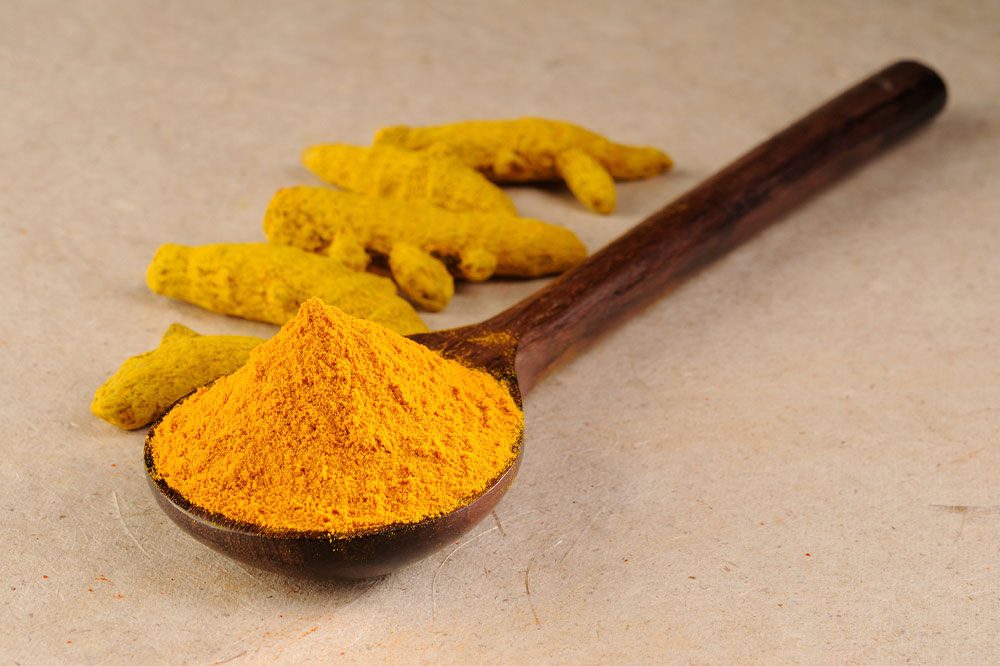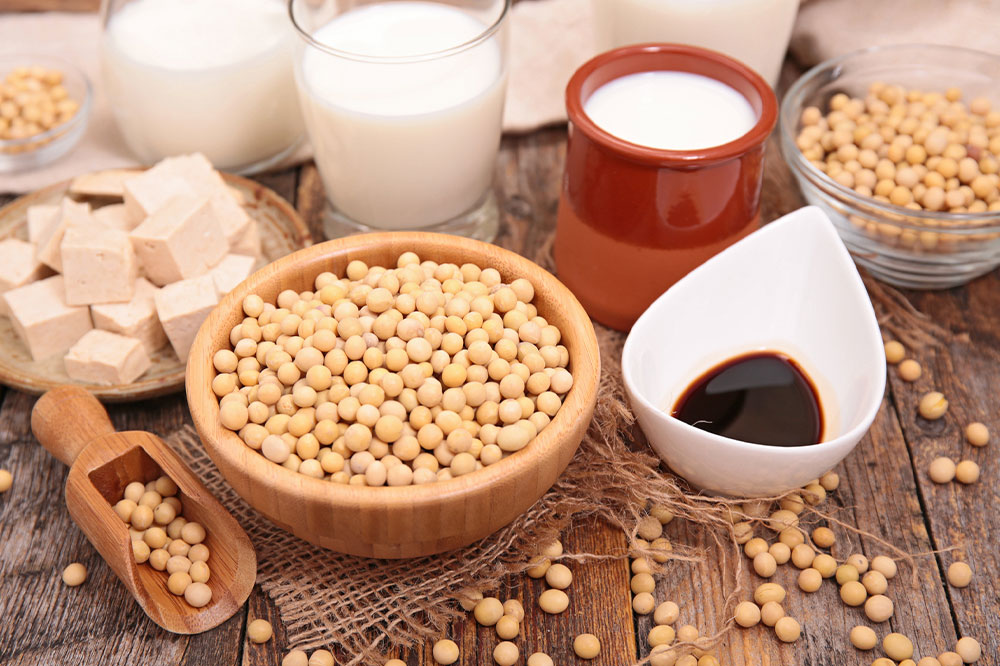6 warning signs of multiple myeloma
Multiple myeloma is a type of cancer affecting the plasma cells in the bone marrow, which form an essential part of the immune system. While there is no cure for the disorder, many treatments help control and manage the symptoms so patients can maintain their quality of life. Read on to learn about a few early signs of multiple myeloma that can help diagnose the condition and seek appropriate treatment. Multiple myeloma – Signs to look out for Multiple myeloma is difficult to diagnose in the early stages. It is usually identified much later because patients do not show signs initially. Some may report vague symptoms that appear to have been caused by other conditions. Still, it is crucial to know the signs that could indicate a possibility of multiple myeloma. Those who experience the following should visit a doctor as soon as possible and undergo the necessary tests to rule out the condition: Bone pain One of the most common signs of multiple myeloma is bone pain. Those with this disorder may notice pain in the back, ribs, and hips. It can be consistent and dull and worsen with movement. The pain is usually a result of the multiplication of cancerous plasma cells in the bone marrow.
Read More 









